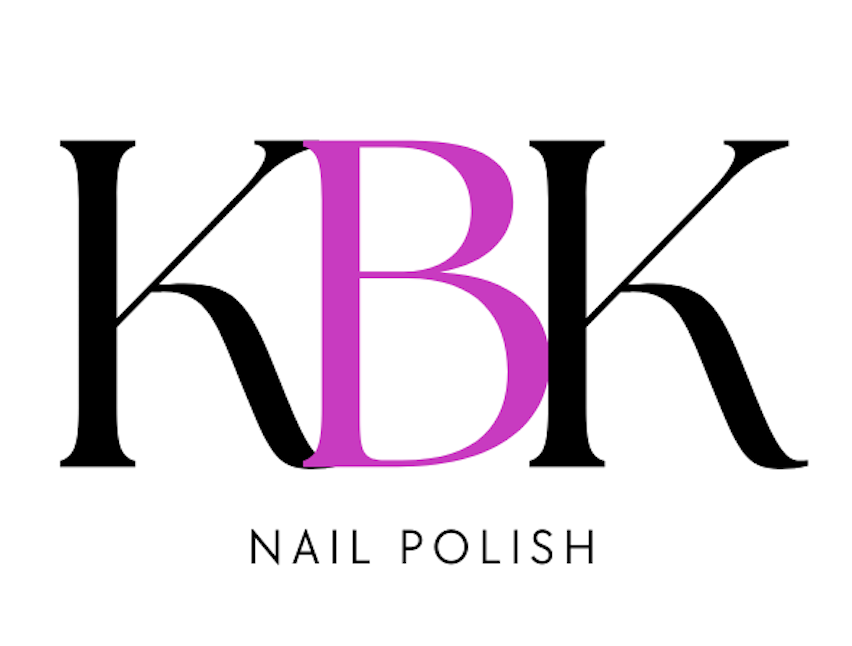
Nail Salon Fumes: A Hidden Health Hazard You Can't Ignore
Nail Salon Fumes: A Hidden Health Hazard You Can't Ignore
Are you a devoted nail salon customer who loves keeping your nails perfectly manicured? Or maybe you're a hard-working nail technician putting in long hours at the salon. Either way, you could be exposing yourself to dangerous chemicals and toxic fumes without even realizing it. It's time to pay attention to this nail salon hazard before it's too late.
Nail salons have come under intense scrutiny in recent years as health advocate organizations team up with local governments to better protect nail salon workers from chemical exposure risks. The concern revolves around the potent fumes and vapors that nail technicians breathe in on a daily basis while using salon products laced with harsh ingredients.
But it's not just the workers who are at risk. As the client, you might think your occasional salon visit isn't cause for concern. Think again. Those three hours you spend under the nail dryers could be slowly damaging your health too thanks to the invisible toxins permeating the air.
In this post, we'll shine a light on the fumes synonymous with nail salons and the very real damage they can cause. From bestselling nail polish brands to acrylic powders, we'll reveal the dangerous chemicals hiding in popular salon products. Because your health is not something to gamble with.
The Ugly Truth About Nail Salon Fumes
Let's start with the nail polish and polish removers found at virtually every manicure station. Sure, they might give you a flawless, glossy manicure. But at what cost?
Nail polish removers often contain butyl acetate and acetone. Butyl acetate is a potent vapor that can cause headaches, eye irritation, nose and throat issues, and even nausea with prolonged exposure. Acetone is an even bigger culprit known to irritate the skin, eyes, nose, and throat while also inducing dizziness.
Then there are the polishes themselves, many of which Harbor dibutyl phthalate (DBP). This toxic ingredient is an endocrine disruptor that can irritate the eyes, nose, skin, and respiratory system. Worse yet, research shows it may cause reproductive issues with long-term exposure.
The fumes get even more hazardous when we look at other common salon products like nail primers and hardeners. Many contain formaldehyde—a known human carcinogen that can instigate breathing problems, asthma symptoms, and allergic reactions upon exposure.
Rounding out the rogue's gallery of risky ingredients is ethyl methacrylate (EMA) found in acrylic nail liquid. This volatile chemical can cause concentration issues, irritated eyes, nose and throat problems, and may even affect unborn babies if exposed during pregnancy.
A Dangerous Workplace for Nail Techs
While these fumes absolutely pose a risk during your bi-weekly pedicure, the real victims are the nail salon workers breathing them in for hours upon hours, day after day.
Many nail technicians work eight to nine-hour shifts surrounded by the toxic emissions from polishes, removers, artificial nail products, and more. There's no way to completely avoid exposure when the very tools of their trade are saturated in chemicals.
Compounding the issue, many salons have poor ventilation systems. Without proper airflow, fumes become increasingly concentrated in the enclosed space. This chronic inhalation puts workers at higher risk for respiratory diseases, reproductive issues, and even cancer down the road.
It's an occupational hazard that's finally getting the attention it deserves from regulators and public health organizations. But progress is slow, and the hazards remain.
Fortunately, this growing awareness means more accountability for manufacturers. New industry standards are cracking down on companies using toxic ingredients while pushing for better labeling practices.
The Time for Nail Polish Reform Is Now
The cosmetics industry has historically been under-regulated, allowing manufacturers to formulate with harsh chemicals galore. But consumer voices are getting louder, demanding safer, toxin-free products.
Thanks to this mounting public pressure, beauty brands can no longer ignore the health risks their inventories pose to customers and workers alike. Retailers like Nail Polish and More are leading the "No Toxins Nail Polish" movement.
More and more professional nail polish brands are reformulating to exclude dibutyl phthalate, toluene, and formaldehyde. Certain three-free polishes eliminate those heavy hitters, while five-free and seven-free formulas go a step further.
While natural, vegan-friendly brands have been around for years, the non-toxic trend is making serious inroads with some of the biggest polish names. Case in point: OPI's new Nature Strong line, which is completely free of harsh solvents, DBP, formaldehyde, camphor, and more.
Steps You Can Take to Protect Your Health
As a nail salon client or technician, you don't have to resign yourself to breathing in poisonous fumes. Simple precautions and conscious decisions can go a long way toward lowering your exposure:
Always ask about salon ventilation and air filtration systems. If circulated air flow seems subpar, consider taking your business elsewhere.
Check product labels, and request salons use cleaner three-, five- or seven-free polishes and other alternatives where possible. Don't be afraid to voice your concerns!
Limit your time spent in the nail salon environ by alternating at-home and professional mani/pedis.
Nail techs should take frequent breaks to get fresh air and limit continuous exposure.Consider using a personal air purifier or face mask at the nail station.
No beauty treatment is worth jeopardizing your health over. Show your nails some compassionate care by choosing nail polish brands and salons that prioritize safety over harsh ingredients and toxic fumes. It's truly the least we all deserve.
